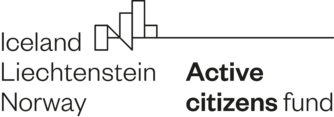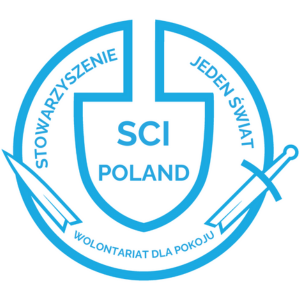School of Solutions Journalism
About the project
The Solutions Journalism School is part of the project “It Works! Good solutions for anti-discrimination.” As part of the School, a series of training and workshops will be held for young people interested in socially engaged journalism and those who are already taking their first steps in the profession. In order to provide a broad view of the journalistic workshop, we invited journalists from the press, radio and television as well as representatives of social institutions dealing with human rights and working with groups exposed to discrimination in Wielkopolska. The School’s sessions will take place in Poznań from February till May.
We agree that the media should carefully look at the hands of the authorities and state institutions and describe cases of human rights violations. At the same time, we believe that solution journalism is a trend that allows us to approach the topic of discrimination from a completely different angle: not only to describe the problem of discrimination, but also to show how to effectively counter it. Therefore, the leitmotif of the School is journalism of solutions as well as anti-discrimination and human rights.
What is solutions journalism?
Solutions journalism is a branch of journalism that emerged in the United States at the end of the 20th century. Since then, it has been dynamically developing all over the world. The Solutions Journalism Network has so far counted over 12,000 texts from almost 190 countries that implement the assumptions of solutions journalism. What are they about?
The main goal is to present in the texts the ways of solving social or economic challenges without ignoring their difficulties and limitations. Journalists find, analyze and describe examples of solutions from the world, often suggesting how to implement them in a local context. They also often give voice to those behind these solutions so that they can share their experiences directly. Thanks to this approach, solution journalism helps to increase readers’ engagement, does not leave them alone with the problem, it inspires and gives hope.
We want the result of the School to be press materials created with the approach of solutions journalism. The selected participants of the School (15 people) will receive the support of a tutor in creating their own journalistic materials.
During the School there will be also created an outline of an internet social campaign. Participants will choose the problem together and, with the help of our team, develop the concept of the campaign.
Instead of a “he said, she said” screaming match, we’ve found in several instances that solutions- oriented journalism can lead to more constructive and less divisive conversations. People don’t change simply because you point out their problems. They need models for change—so do societies.
In a 2015 BBC World Service survey of a global audience, two-thirds of people under the age of 35 said they wanted the media not only to point out problems, but also to report on possible solutions. (…) constructive reports are not only read more eagerly and receive more time from the readers, but also they are shared more on social media.

The project “It works! Good solutions for anti-discrimination” is implemented thanks to a subsidy from the Active Citizens Program – Regional Fund, financed by the EEA Funds.

